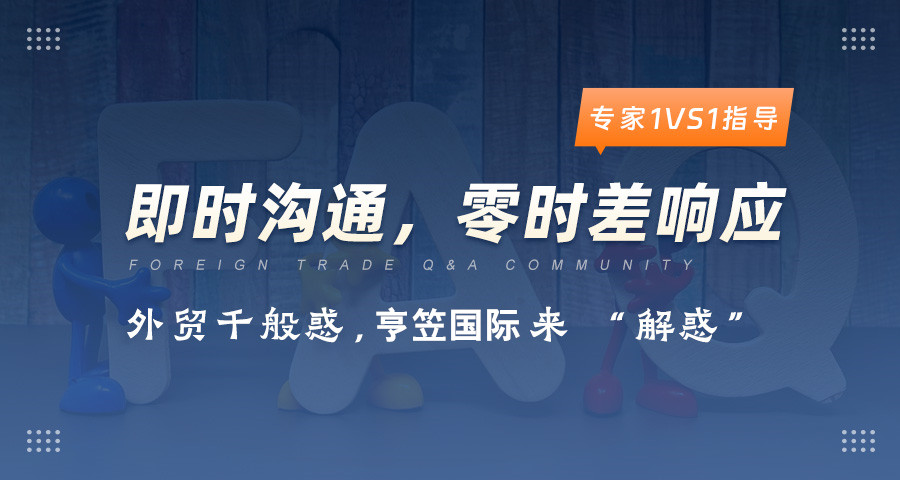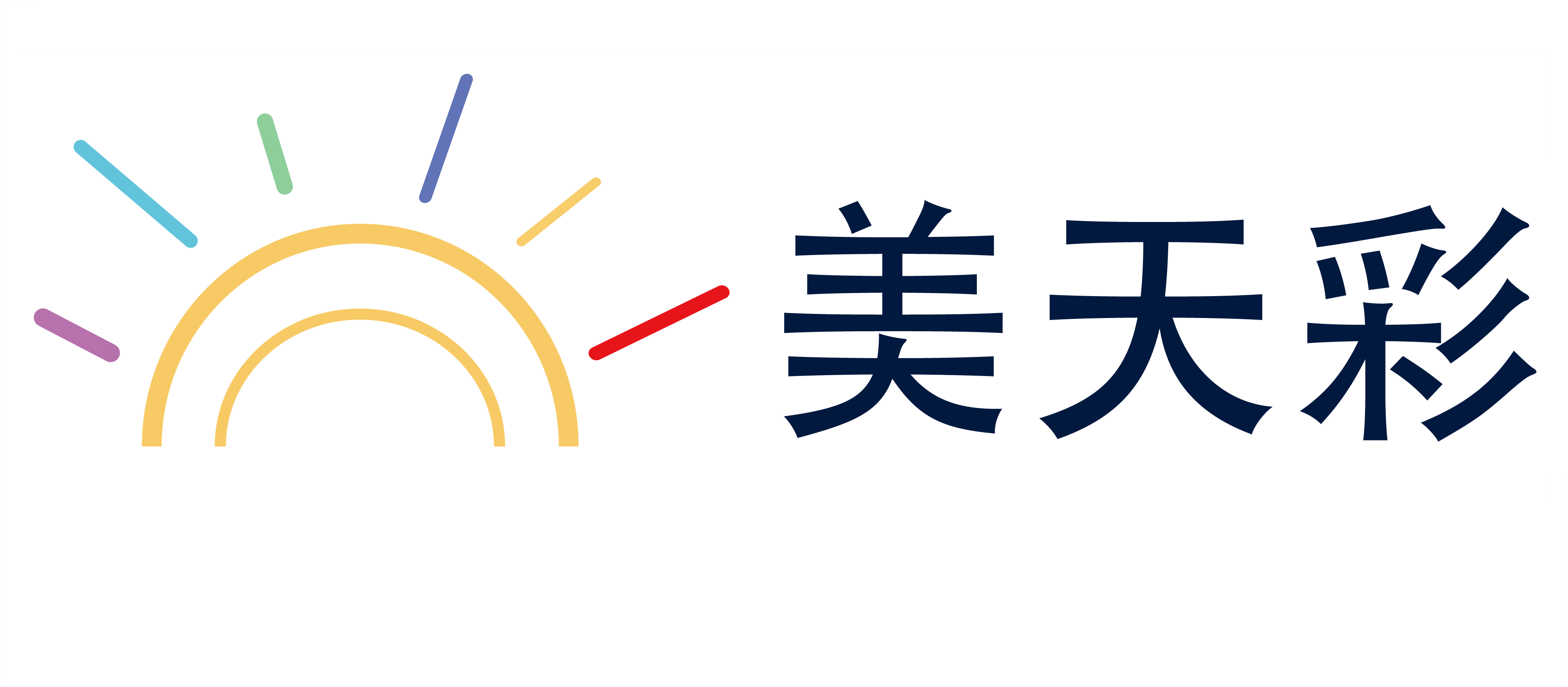国外化妆品用途标准
Cosmetic Products: Understanding the Global Regulatory Frameworks
Cosmetic products are a vital part of beauty and personal care, but their development, production, and distribution require strict regulatory oversight to ensure safety, efficacy, and quality. Across different countries, cosmetic products are subject to varying regulatory frameworks, which are designed to protect consumers, ensure scientific standards, and promote innovation. This article explores the key regulatory aspects of cosmetic products in major countries, including the United States, Europe, and Japan, and highlights the importance of these frameworks in maintaining global standards.
The Regulatory Landscape of Cosmetic Products
The regulatory framework for cosmetic products varies by country, but most nations have established organizations or agencies responsible for overseeing cosmetic ingredients, product labeling, and distribution. These agencies are typically part of government bodies or specialized regulatory departments. For example, in the United States, the Food and Drug Administration (FDA) oversees cosmetic products under the authority of the Center for Cosmetics and Beauty Products. In Europe, the regulatory body varies by country, with the European Medicines Agency (EMA) playing a key role in some member states, while others rely on national cosmetic regulatory bodies. In Japan, the cosmetics regulatory authority is the cosmetics section of the Health and Labourarmor; 保障省, which ensures the safety and efficacy of cosmetic products.
One of the primary goals of cosmetic regulations is to classify products based on their intended use and risk level. This classification helps determine the necessary standards, labeling requirements, and restrictions on ingredients. cosmetic products are generally categorized into different classes, such as Class I, II, and III, based on their potential risk to health. Class I products are considered low-risk, such as face cream or lipstick, while Class III products are high-risk, such as retinol or benzoyl peroxide. This classification system ensures that products are developed and marketed according to their safety profile, reducing the likelihood of harm to consumers.
Ingredients and Their Restrictions
The regulatory framework for cosmetic ingredients is another critical aspect of global cosmetic regulation. cosmetic ingredients are subject to strict labeling and restrictions to prevent the use of potentially harmful substances. For instance, the FDA in the United States requires cosmetic products to declare ingredients that could pose a risk to health, such as lead, formaldehyde, or phthalates. These ingredients are either restricted or banned in certain formulations. Similarly, in Europe, cosmetic ingredients are regulated under the Cosmeceutical Products Regulation (2017), which limits the use of certain substances like phthalates and sulfates. In Japan, cosmetic ingredients are subject to strict labeling requirements, with ingredients that could cause allergic reactions or pose a health risk being declared on the product label.
The restrictions on ingredients are often based on scientific evidence and are updated as new information becomes available. For example, the FDA recently revised its restrictions on phthalates, a chemical found in plastics and cosmetics, following new studies on their endocrine-disrupting effects. These changes reflect the regulatory agencies' commitment to keeping cosmetic products safe and aligning with emerging scientific understanding.
Labeling and Packaging Requirements
In addition to ingredient restrictions, cosmetic products are subject to labeling requirements that ensure transparency and consumer protection. cosmetic labels must include essential information, such as the product's name, active ingredients, concentrations, and usage instructions. In the United States, the FDA requires cosmetic products to be labeled in both English and another language if sold nationally. Labels must also include the product's classification, such as Class I, II, or III, and a warning label if the product contains ingredients that could cause allergic reactions or irritation.
Packaging is another area where cosmetic products are regulated. Many countries require cosmetic packaging to be recyclable or compostable to reduce environmental impact. In addition, packaging must be clear and easy to understand, avoiding the use of misleading or confusing information. For example, in the European Union, cosmetic packaging must be recyclable or compostable, and labels must be in both English and another language if the product is sold across multiple countries.
Regulatory Agencies and Their Roles
The regulatory agencies responsible for overseeing cosmetic products play a crucial role in ensuring compliance and safety. In the United States, the FDA is the primary regulatory body for cosmetic products, overseeing ingredient safety, labeling, and compliance with the Federal Cosmetics Act. The FDA also collaborates with international agencies, such as the EMA in Europe, to ensure consistency in cosmetic standards across borders. In Europe, cosmetic regulations are managed by national cosmetic regulatory bodies in each member state, with the EMA playing a key role in some member states. In Japan, the cosmetics section of the Health and Labourarmor; 保障省 is responsible for overseeing cosmetic products, ensuring that they meet safety and efficacy standards.
Regulatory agencies also work with cosmetic manufacturers and suppliers to ensure that products meet the required standards. This includes inspecting facilities, reviewing formulations, and monitoring compliance with regulations. In some cases, regulatory agencies may issue warnings or impose penalties for non-compliance, ensuring that cosmetic products meet the highest standards of quality and safety.
The Global Market for Cosmetic Products
The global cosmetic market is highly competitive, with numerous brands and companies producing a wide range of products. Despite this competition, cosmetic products are subject to varying regulatory frameworks, which can impact their availability and distribution in different countries. For example, a cosmetic product that is approved in the United States may face challenges in other countries if it does not comply with local regulations. This can lead to barriers to entry for companies entering new markets, as well as challenges for existing companies adapting their products to meet local requirements.
In addition to ingredient restrictions and labeling requirements, cosmetic products are also subject to distribution and import regulations. For example, certain ingredients or formulations may require prior approval for importation into a country, or distribution may be restricted based on the product's intended use. These regulations can impact the global reach of cosmetic products and the ability of companies to expand their business.
The Future of Cosmetic Regulation
The future of cosmetic regulation is likely to be shaped by technological advancements, changing consumer expectations, and the increasing complexity of cosmetic ingredients. As cosmetic ingredients continue to evolve, regulatory agencies will need to keep pace with new developments to ensure that products remain safe and effective. This may involve updating labeling requirements, revising ingredient restrictions, and improving the efficiency of regulatory processes.
In addition, the rise of digital platforms and online sales presents new challenges for cosmetic regulation. Regulatory agencies will need to ensure that online cosmetic products meet the same standards as traditional products, including ingredient declarations, labeling requirements, and compliance with regulations. This may involve developing new guidelines and tools to monitor online sales and ensure that consumers are protected.
Conclusion
The regulatory framework for cosmetic products is a critical component of global beauty and personal care. It ensures that cosmetic products are safe, effective, and of high quality, protecting consumers from harmful substances and promoting innovation in the cosmetic industry. The regulatory landscape is complex, with varying frameworks and requirements across countries, but the common goal of maintaining consumer safety and product quality remains consistent. As cosmetic products continue to evolve, regulatory agencies will need to adapt and evolve with them, ensuring that they meet the needs of a changing world.
上述信息,涵盖图片、视频以及各类文字资料,美天彩仅扮演信息存储的角色。若存在任何侵犯知识产权或其他合法权益的情形,请立即联系我们删除,切实维护您的权益。
郑重声明
- 延伸阅读:
- 上一篇:国外化妆品进口备案号办理指南
- 下一篇:化妆品安全评估与检测

Experts Q & A
外贸专家答疑
为了帮助您更快地解决问题,建议向我们的外贸专家进行咨询,提供专业的方案咨询和策划。


马上留言 (0) 0